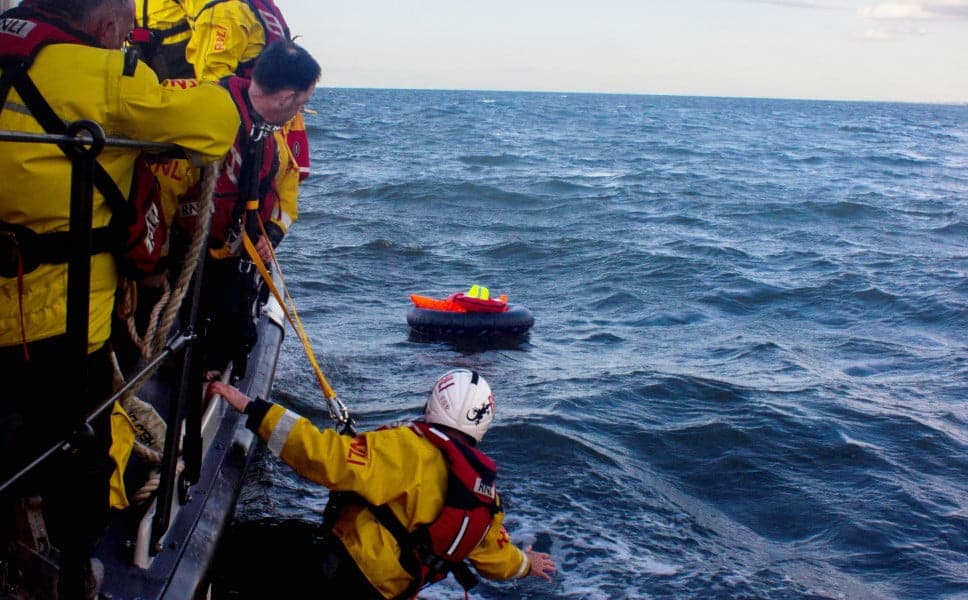In the height of summer – the glisten of sunshine sparkling on the water can be very tempting….
But open water in the UK is cold – usually between 10 – 15°C. When suddenly exposed to this temperature (such as when you leap into a river, lake or the sea) your body reacts instinctively, experiencing what is known as ‘Cold Water Shock’.
WHAT IS COLD WATER SHOCK?
Cold water shock is an natural set of responses caused by the rapid cooling of the skin.
Blood vessels in your skin close, which leads to an increase in the resistance of blood flow. Next, your heart rate quickens meaning that your heart must work even harder, causing blood pressure to rise. In severe reactions, Cold Water Shock can cause a heart attack – even if you are relatively young and healthy.
Another important effect to consider when dealing with cold water shock is a ‘gasp’ reaction. We have all felt it when tentatively testing the water on holiday – the cold water causes us to gasp for breath. It is an involuntary reaction and if you’re underwater when this happens…well, you don’t need us to tell you what the consequence could be!
Even if your head is above water, breathing rate changes uncontrollably and these symptoms can cause a panic attack, adding to the potential for disaster.
Within a couple of minutes, hands, feet, legs and arms rapidly cool, further restricting blood flow. Even strong swimmers can flounder in this situation as it will lead to decreasing muscle strength and a reduced control of our body movements.
Cold Water Shock really is a killer.
#RESPECTTHEWATER – RNLI SAFETY CAMPAIGN
The RNLI is an amazing organisation reliant largely on volunteers. They promote a #RespectTheWater campaign and we would encourage anyone involved in water rescue (or even those who are not!) to share this campaign far and wide.
You can learn more about this great safety initiative by visiting www.respectthewater.com – they have a great animated ‘step-by-step’ guide of what to do if you find yourself suddenly submerged.
You can also watch and share this great video:
Please do share this advice with your family and friends, young and old. It is not just children who get into trouble.
DROWNING STATISTICS FROM THE RLSS
According to a report published by the Royal Lifesaving Society (UK) on their website HERE, figures compiled by the Water Incident Database (WAID) shows that the largest ‘grouping’ of people who drowned in 2018, was people who had no intention of going into the water and were walking or running close to the water edge.
Alcohol or drugs also have an impact on the person’s ability to survive a sudden fall into water.
By sharing the advice on cold-water-shock and #RespectTheWater – maybe you could save the life of someone who never intended to enter the water.
TRAINING IN COLD WATER
Ruth Lee Ltd are proud to work with water rescue experts such as the RNLI and RLSS to provide equipment for their training.
Many volunteer rescue teams, lifeguards and lifeboat crews take part in regular training to ensure they have the best water rescue skills, and to ensure that all of their teams stay safe in a cold water rescue situation.
It makes sense to use manikins in cold water rescue scenarios. We know cold water is dangerous – why risk a living person in a rescue training scenario?
